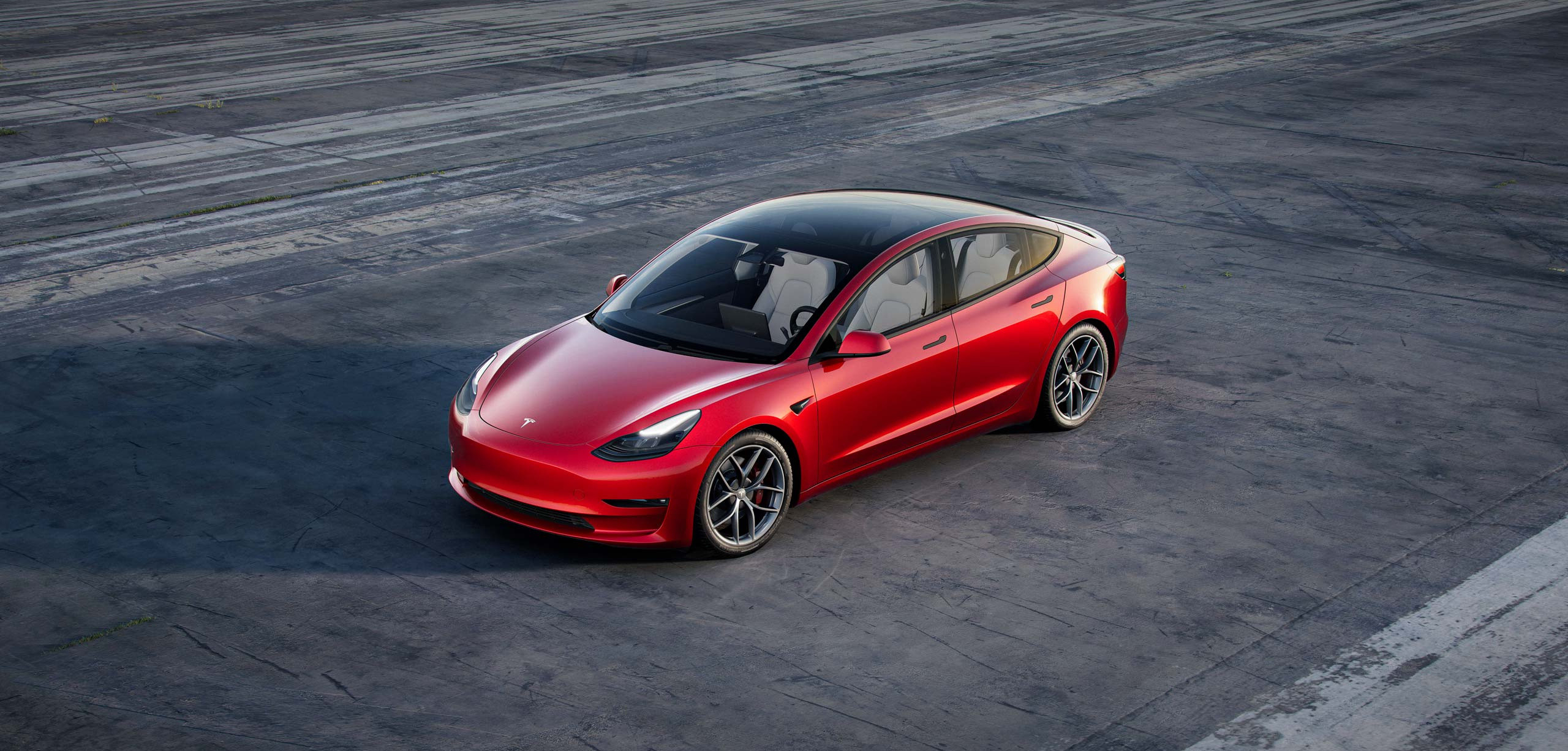Tesla has announced that from October this year, the Model 3 and Model Y vehicles sold in North America, Europe, the Middle East, and other regions will no longer be equipped with 12 ultrasonic radar sensors, leaving only 8 Tesla Vision visual cameras for the entire perception system of the vehicle.
Previously, Tesla’s Autopilot driving assistance system consisted of visual cameras, millimeter-wave radar, and ultrasonic radar, and the ultrasonic radar was responsible for the vehicle’s ranging perception.
In May 2021, Tesla launched Vision visual technology, where the combination of visual cameras and neural network backend processing can achieve all the perception functions of the original vehicle.
Vision technology has processing capabilities with a visual field of up to 250 meters, and Tesla no longer needs millimeter-wave radar for perception. Even the FSD function can rely on Vision technology to implement pure visual solutions.
However, Tesla will still use ultrasonic radar for parking-related functions for the time being, and newly delivered Model 3 and Model Y vehicles that are not equipped with ultrasonic radar will temporarily limit or prohibit functions such as “parking assistance,” “automatic parking,” “remote summon,” and “smart summon.”
After Tesla realizes the perception of parking-related functions through Vision visual technology, the above functions will be restored through OTA upgrades.
Tesla officially stated that it will not remove the functions of relevant sensor functions for old models already equipped with ultrasonic radar. Tesla also stated that it will cancel radar sensors and adopt Vision’s pure visual solution in the new Model S and Model X models in 2023.
Starting this year, car manufacturers have almost entered an arms race mode for the stacking of vehicle-assisted driving sensors. One, two, and even three or four LiDARs can be seen on cars everywhere, and millimeter-wave radar and ultrasonic radar are routine configurations.
As a pioneer of new energy vehicles, Tesla not only cut off millimeter-wave radar but is now also taking action with ultrasonic radar, which can be described as counter-doing.
Whether Vision technology can completely replace all perception radars with only cameras remains to be seen. However, from Tesla’s radical approach, it is clear that there is full confidence.Please leave your thoughts in the comments below: Do you prefer to stack various sensors on vehicles or continuously improve technology to eliminate “unnecessary sensors”?
This article is a translation by ChatGPT of a Chinese report from 42HOW. If you have any questions about it, please email bd@42how.com.
